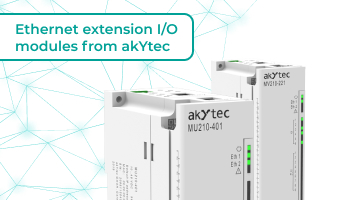What is the MX210?
That is not just another series of expansion modules with the Modbus TCP protocol. It is a universal self-sufficient device that can be used with or without a controller. Due to a wide range of supported protocols, the module can simultaneously interact with 4 TCP clients (masters) over different communication channels, making it an excellent choice for industrial automation systems, IT systems for network management and monitoring, as well as in IIoT. A vast selection of different modifications for IOs makes this module very flexible and allows you to easily and quickly integrate it into any system.
Supported Protocols (Modbus TCP, MQTT, SNMP, and SNTP)
Modbus TCP is an open communication protocol based on client/server (formerly master-slave) architecture. The network master monitors the operation of the module. Upon request, the module sends the status of the network input and receives commands for controlling the outputs from the master device of the network. The MX210 collects data about automation objects and transfers this data to PLCs, Cloud, SCADA, PC, or other control devices. Each module facilitates cabling and system management. It allows simultaneous communication with 4 TCP clients (masters). The MX210 series modules can work with the Сloud. Sending messages comes from the device to the broker and vice versa. Moreover, additional network gateways aren't required to connect.
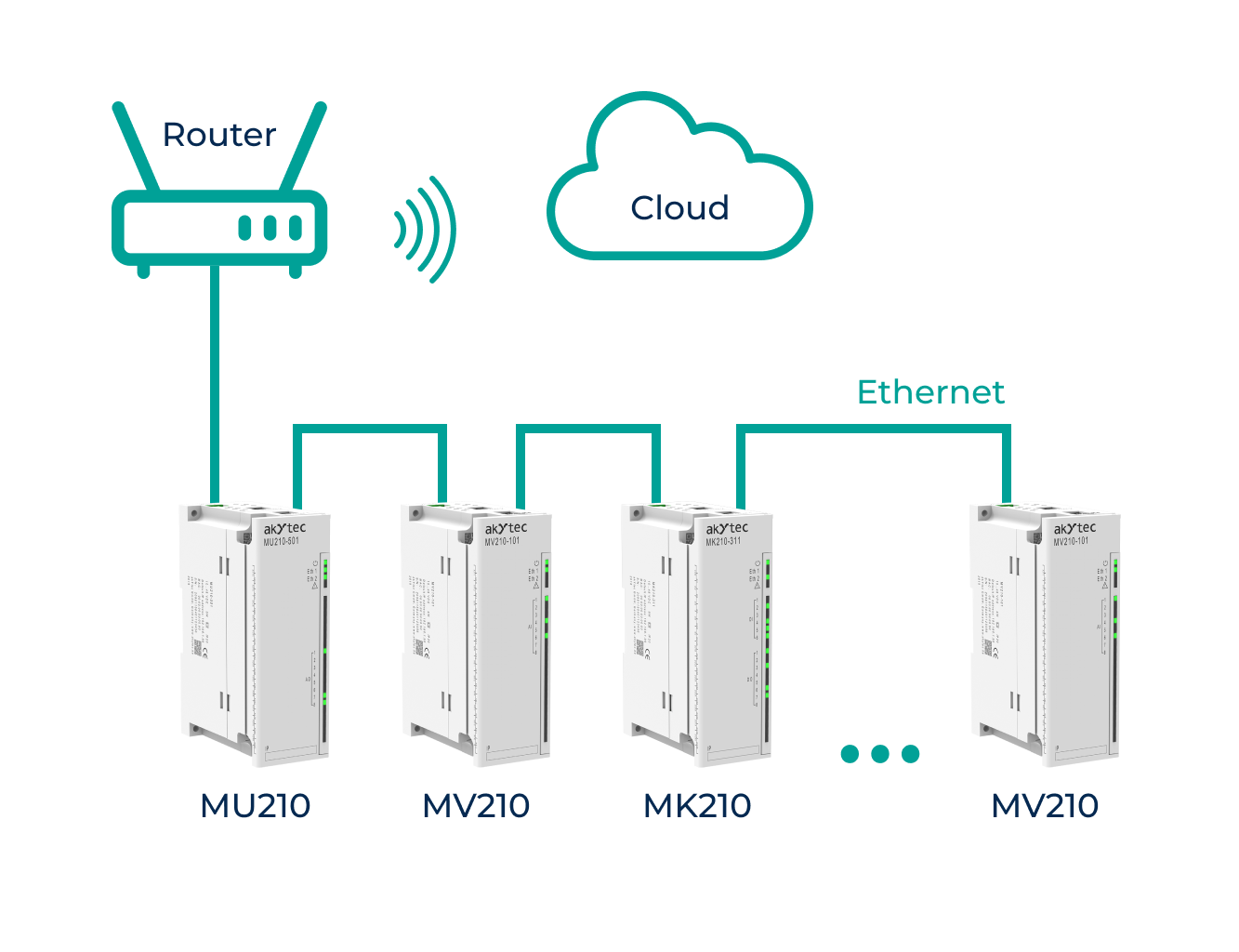 |
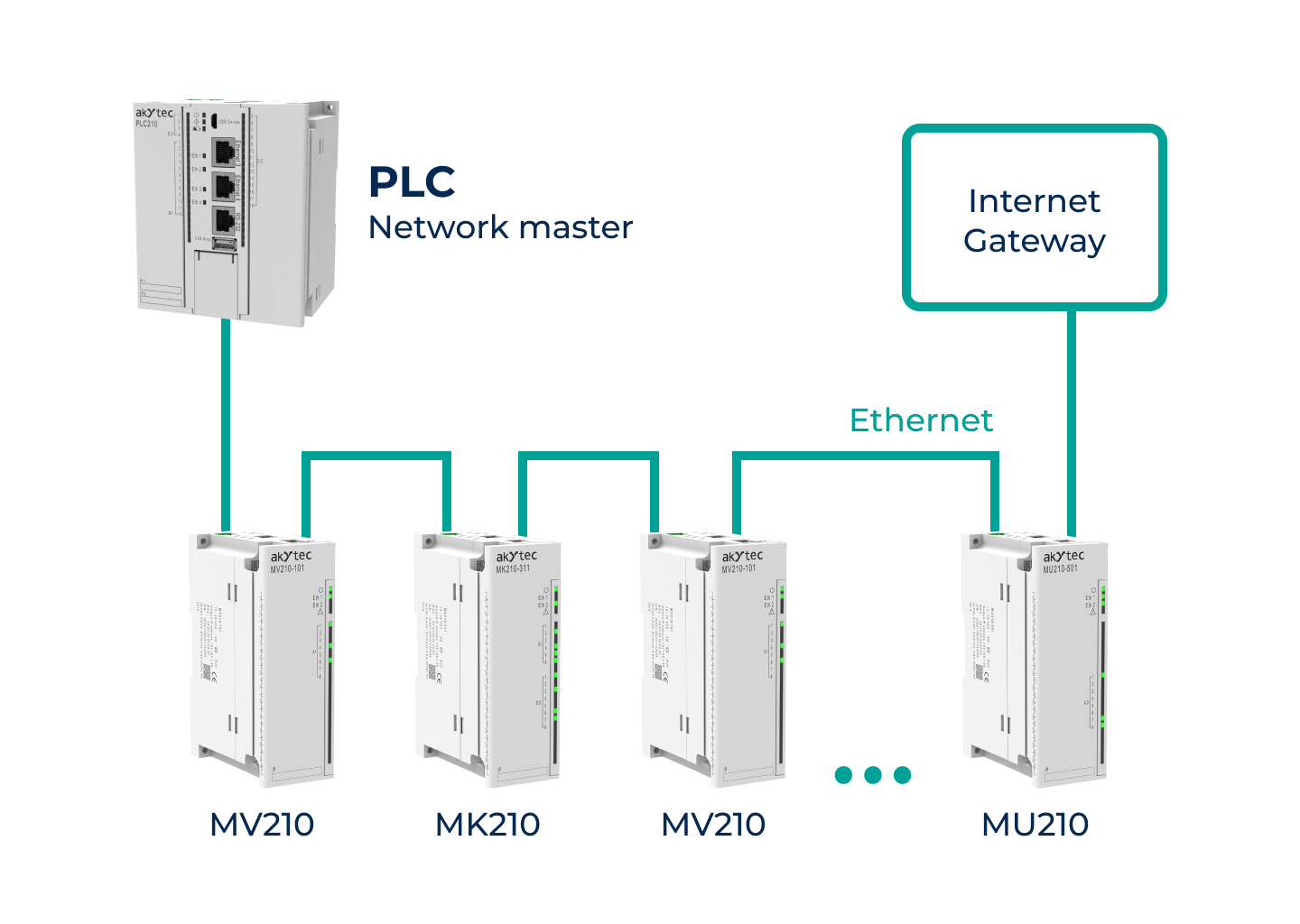 |
The MQTT protocol (Message Queuing Telemetry Transport) is an event-driven protocol based on the TCP/IP stack that uses the Publisher/Subscriber network model. MQTT has many advantages, such as low network traffic, compactness of the message, the ability to work in an unstable data transmission channel.
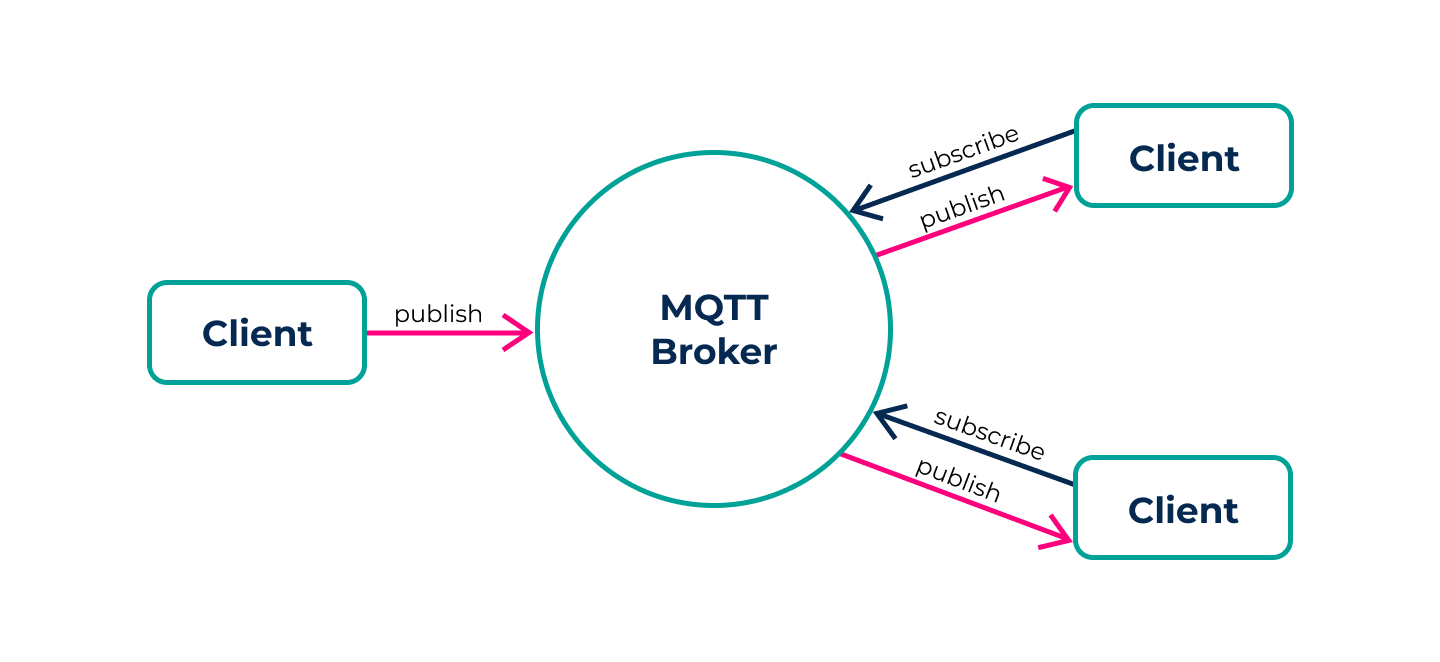
SNMP (Simple Network Management Protocol) is an Internet standard protocol for collecting, organizing information about managed devices in IP networks and modifying this information to change device behavior. That means MX210 can connect to IP networks via SNMP. The modules with SNMP are convenient for IT engineers. They can be easily integrated into existing network management systems to ensure security and monitor conditions that require the administrator’s attention. The modules with SNMP can be used for monitoring environmental conditions including temperature, humidity, airflow, power, as well as for smoke control, unauthorized intrusion control, UPS control, and more.
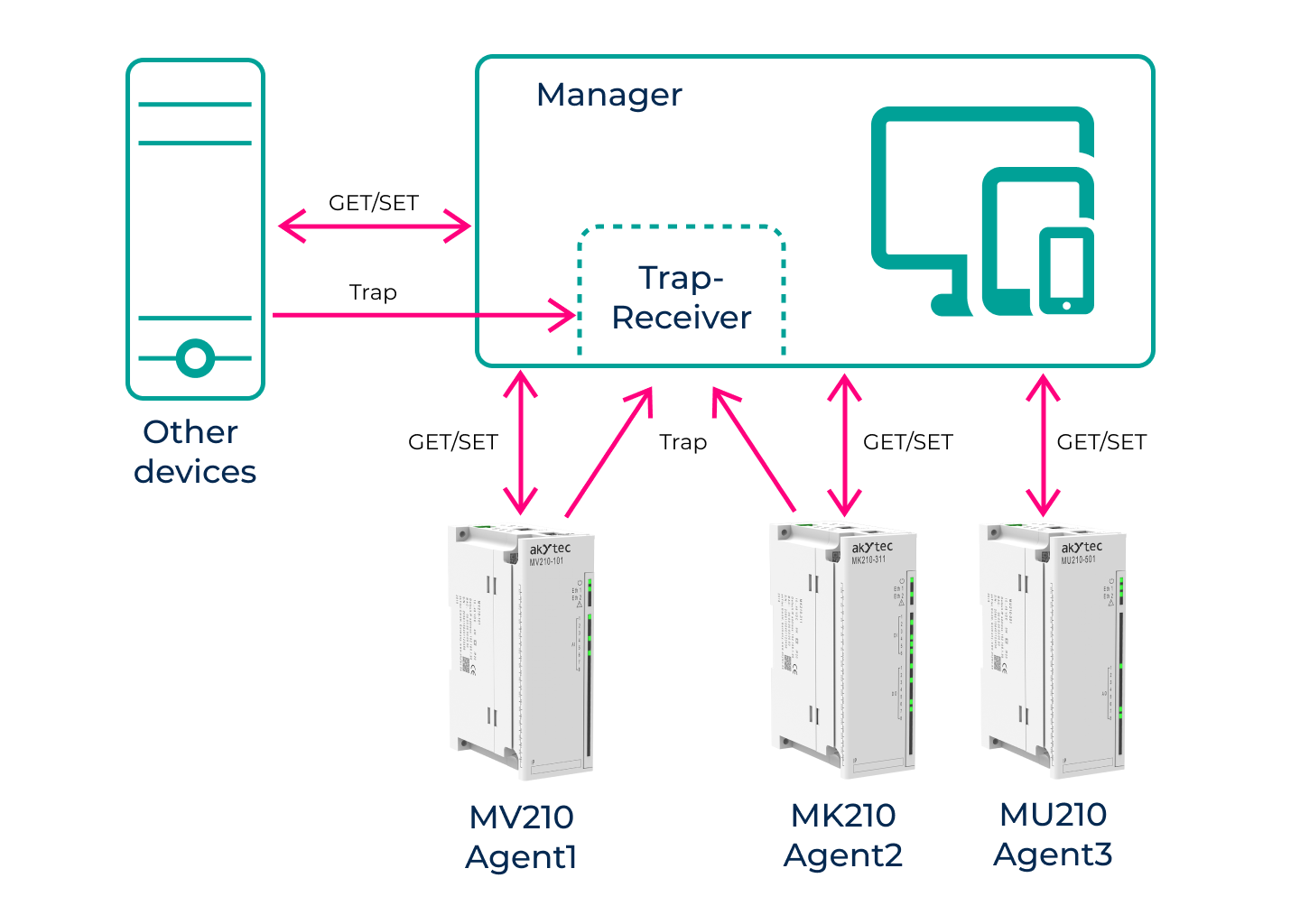
SNTP (Simple Network Time Protocol) is a time synchronization protocol over the Internet. Each MX210 expansion module has a built-in real-time clock (RTC). Its source of power is a battery, and the time is counted in seconds. RTC readings are used to write to the log file.
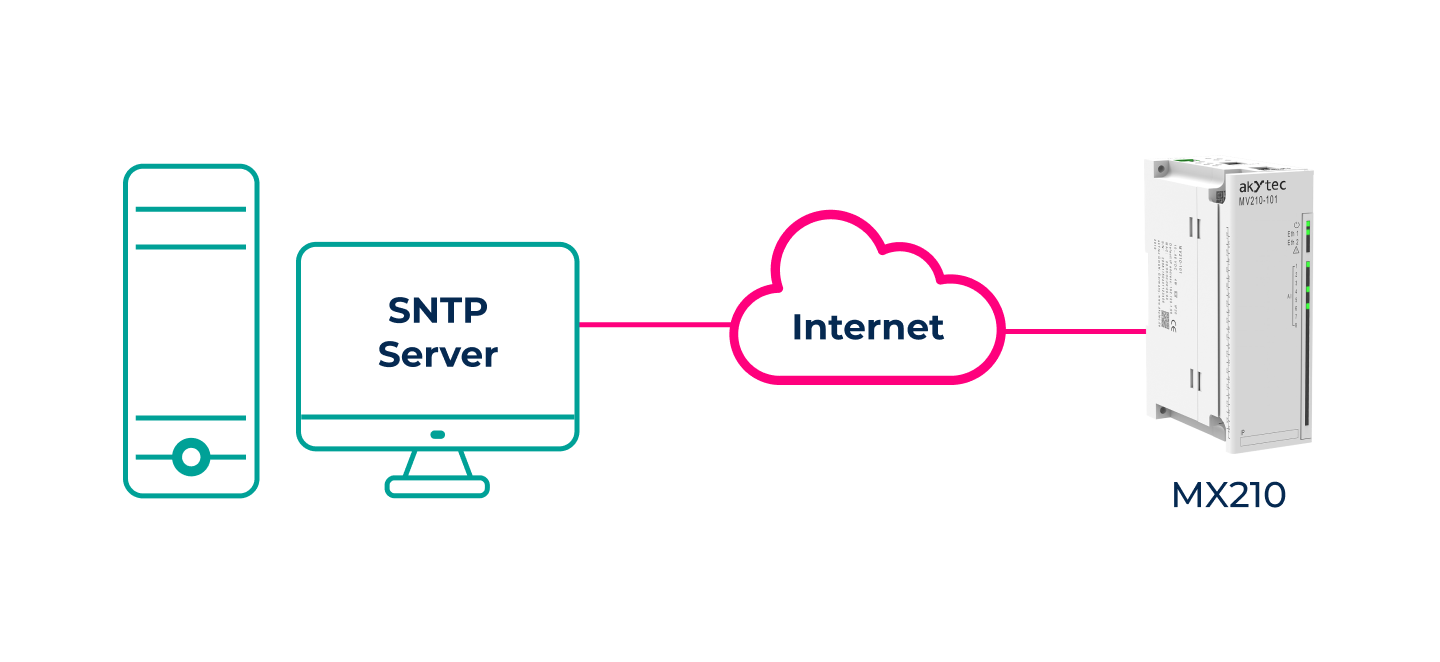
Features and capabilities
The MX210 modules have built-in encrypted flash memory and built-in alarms. The configuration software (akYtec Tool Pro) is available at no additional cost. The modules are configured via Ethernet or Micro-USB cable. No external power supply to the module is required when connected via USB. Ethernet connectivity allows working with a group of modules at once.
The automatic distribution of IP addresses is carried out using the service button, which is on the device. It allocates to the modules the addresses previously prepared in the akYtec Tool Pro configurator. That allows connecting all modules with no need to pre-configure them. Time spent configuring the devices can be saved, and the same type of installation can be performed multiple times, reducing costs.
An analog input module, MV210-101, is used in various fields of industry and agriculture. It has 8 separately configured analog inputs to which various RTDs types (Pt100, Pt1000, Ni100, Ni1000, etc.), thermocouples (J, K, etc.), position encoders and standard signals (-1 to 1 V, 0 (4)-20 mA, etc.) can be connected. The signal from the sensor measuring the parameter of a physical object is received by the device as a result of successful polling of the device inputs. Through signal processing, noise can be filtered out and input values can be corrected according to specified parameters.
You can find more about all MX210 modifications here.
| Overview table: | |||||
|---|---|---|---|---|---|
| Module | Digital inputs | Digital outputs | Analog inputs | Analog outputs | Properties |
| Input modules | |||||
| MV210-101 | 8 | inputs: RTD, TC, 0-5 mA, 0(4)-20 mA, 0-1 V, 0...(2)5 kohm | |||
| MV210-202 | 20 | inputs: switch contacts, NPN/PNP sensors, pulse counters (24 V DC external power supply, measuring frequency up to 100 kHz) |
|||
| MV210-204 | 20 | inputs: switch contacts (no external power supply required), NPN sensors, pulse counters (24 V DC external power supply, measuring frequency up to 400 Hz) |
|||
| MV210-212 | 32 | inputs: switch contacts, NPN/PNP sensors, pulse counters (24 V DC external power supply, measuring frequency up to 100 kHz) |
|||
| MV210-214 | 32 | inputs: switch contacts (no external power supply required), NPN sensors, pulse counters (24 V DC external power supply, measuring frequency up to 400 Hz) |
|||
| MV210-221 | 15 | 6 inputs: switch contacts (no external power supply required), NPN sensors, pulse counters (24 V DC external power supply, measuring frequency up to 400 Hz). 9 inputs: AC 230V |
|||
| Combined I/O-Modules | |||||
| MK210-311 | 6 | 8 | inputs: switch contacts (no external power supply required), NPN sensors outputs: relays (NO), 5 A at 250 VAC, cos > 0.4 or 3 A at 30 VDC |
||
| MK210-312 | 12 | 4 | inputs: switch contacts (24 V DC external power supply), NPN/PNP sensors outputs: relays (NO), 5 A at 250 VAC, cos > 0.4 or 3 A at 30 VDC |
||
| Output modules | |||||
| MU210-401 | 8 | outputs: relays (NO) 5 A at 250 VAC, cos > 0.4 or 3 A at 30 VDC | |||
| MU210-402 | 16 | outputs: relays (NO) 5 A at 250 VAC, cos > 0.4 or 3 A at 30 VDC | |||
| MU210-410 | 16 | outputs: transistors (PWM up to 60 kHz) High-side switch - 0.8A High- or low-side switch - 0.1A |
|||
| MU210-501 | 8 | outputs: 0(4)...20 mA, 0...(1)10 V, accuracy 0.25 % | |||
| Modbus TCP I/O modules (all devices) | |||||
| Getting Started MQTT, SNMP, NTP | |||||
| Software for MX210 akYtec Tool Pro | |||||
The MX210 goes with the time, so it has a built-in dual port Ethernet switch. It allows modules to be connected using Daisy Chain topology, which reduces the cost of cable and additional communication equipment. Support for Ethernet Bypass technology enables you to transfer data from one port to another without losing communication with other modules in the case of a device failure.
Last but not least, MX210 can solve many problems such as a lack of I/O points, device compatibility with other devices in the network (interface, protocol, etc.), long distances between the PLC and field devices. Due to the vertical orientation of the removable screw terminals, the modules have become more compact. That increases the concentration of IOs points and reduces the size of the control cabinet. After the cables are connected to the module terminals, they are closed with a cover, which ensures safety and a neat appearance. A cable channel is provided under the front cover. MX210 can be easily mounted on the DIN rail or the wall. The modules are equipped with diagnostic LEDs that are bright and visible in the dark.
The above-described MX210 extension module can be selected and ordered here.

